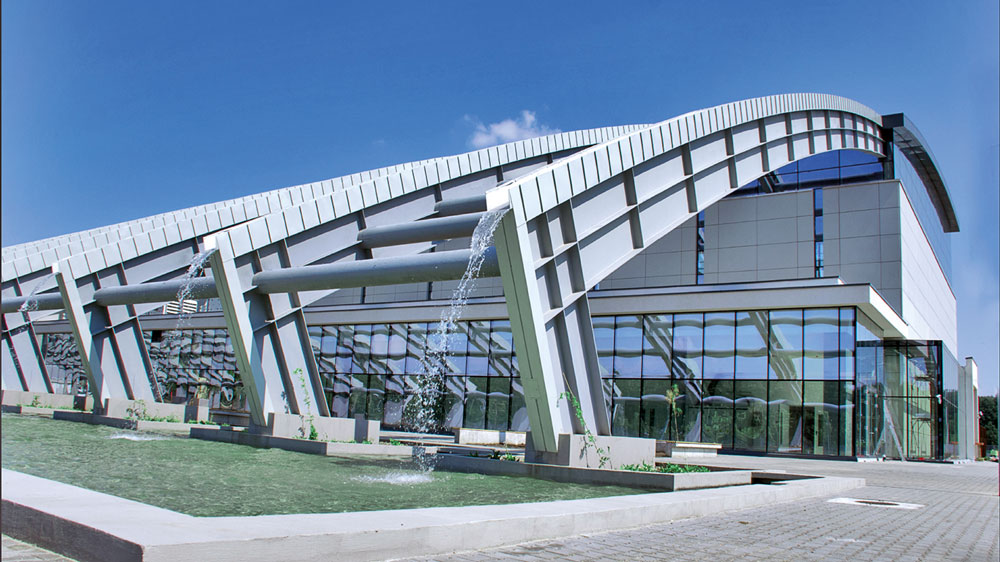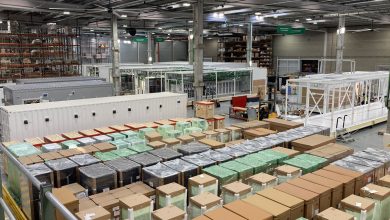The future begins in Magurele Science Park
ELI-NP becoming functional
Magurele, Ilfov County, Romania. A town that for most doesn’t say anything, in a county that 30 years ago was known – locally – as some sort of granary of Romania (Ilfov agricultural county), in a country that for many it is still hard to locate on the map.
Still, for Romania’s scientific community and, in the recent years, for scientists all over the world, Magurele is one of the most important points in the world. Because the Horia Hulubei National Institute for Physics and Nuclear Engineering in Magurele (IFIN-HH) is carrying out the project Extreme Light Infrastructure – Nuclear Physics (ELI-NP).
ELI-NP means nothing for most citizens. In the best cause, it can be mistaken for someone’s nickname on messenger or a car registration number in an unknown country.
For the scientific community, this sequence of letters has a completely different meaning. Besides the fact that it is the largest research projects in the history of Romania, it is, or better said will be, the most powerful laser in the world. It’s difficult to imagine for someone who is a stranger to research what this means. But translating the technical specifications of this facility, we can get an idea of the role this laser is meant to play in everyday life. The use of very intense laser beams and gamma rays could have significant effects in nuclear physics, but also in related fields. For example, the laser in Magurele will allow the study of physical phenomena that are just theoretical for now.
Such a laser could help treat cancer without, however, subjecting patients to the pain of chemotherapy as we know it now. Secondly, at the Horia Hulubei Institute, where this laser is located, there will be a number of experiments, with applications in the field of space travel, namely, the production of materials resistant to cosmic radiation. Such research could make its own contribution to finding a new home for the human species. If, as Stephen Hawking said, mankind doesn’t have long to stay on Terra, we can only hope that the researchers at ELI-NP will find such materials.
For now, 150 specialists are working at ELI-NP, from over 25 countries. Of these, 50 are Romanians who decided to return to the country. In 2020, when it is completely finalized, the laser in Magurele will have a team of 300 researchers.
Lust but not least, this high-power laser could be used for the disposal of radioactive waste generated by nuclear power plants, for example. Such an application might have the gift of changing the opinion of a minority on nuclear energy, making its use no longer be seen with skepticism. Trying a bitter sweet joke, this would relieve Nuclearelectrica of a significant investment in the Saligny radioactive waste repository, about which not much is known anyway.
What makes ELI-NP unique in the world? The fact that it consists of two components: two high-power lasers (two arms of 10-petawatt each, 10-petawatt meaning 10% of the Sun’s power) and a gamma ray generator with performance characteristics. In fact, an important moment in the existence of this project occurred in May this year, when the laser in Magurele was subjected to a first test. It will operate at its rated capacity in less than two years from now on, i.e. in 2020.
Short history
- April 2006 – Representatives of three European countries, Romania, Hungary and the Czech Republic, signed a memorandum by which they undertook their cooperation within the ELI-NP project.
- December 2009 – The Council of the 27 EU Research Ministers approved the declaration by which Romania, the Czech Republic and Hungary have committed to building together the infrastructure for the most powerful laser in history.
- December 2010 – The Government of Romania adopted a note on the construction of ELI-NP for laser and nuclear physics research within the European research infrastructure dedicated to extreme light.
- January 2011 – The project was sent for evaluation to JASPERS (Joint Assistance to Support Projects in European Regions), an organization within the European Commission.
- February 2011 – a first evaluation of the project was received.
- March 2011 – JASPERS gave the final ‘very positive’ evaluation.
- June 2011 – The Government of Romania approved a memorandum requesting the identification of sources of funding for ELI-NP and the reallocation of European money from other European programs to the Măgurele laser.
- December 2011 – The Government of Romania decided to fully include in the budget of the Ministry of Education the sums needed for the financing of ELI-NP.
- December 2011 – ELI-NP receives European funding. The investment amounts to EUR 356 million, VAT included.
- January 2013 – Project implementation begins.
- May 2017 – Preliminary tests begin.
- May 2018 – Magurele laser was assembled and tested in the final form.



